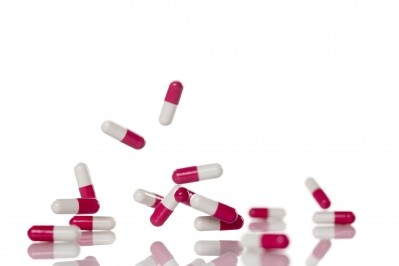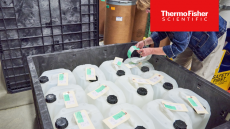Tufts examines $2.87bn product lifecycle cost per approved drug

The analysis, which was recently published in the Journal of Health Economics, estimated the average cost to develop and gain marketing approval for a new drug at $2.558bn.
This figure was calculated based on estimated average out-of-pocket costs ($1.395bn) and times costs ($1.163bn) – the “expected returns that investors forego while a drug is in development,” according to the report.
However, according to Tufts CSDD, when $312m in post-approval R&D costs are included, the average product lifecycle cost per approved drug increases to $2.870bn.
Additionally, the estimate accounts for expenses suffered during product development efforts that fail, which, as Outsourcing-pharma.com previously reported, has become an increasing problem in the industry.
The researchers also used information provided by 10 pharmaceutical companies on 106 randomly selected drugs that were first tested in human subjects between 1995 and 2007.
Out-of-pocket clinical costs
Joseph A. DiMasi, director of economic analysis at Tufts CSDD and the study’s principal investigator, also explained that the primary reason behind rising drug development costs is out-of-pocket costs for individual drugs and higher failure rates for drugs tested in human subjects.
According to the report, out-of-pocket clinical costs are increasing because of greater clinical trial complexity, larger trial sizes, and higher input costs from the medical sector used for development.
Changes in protocol design are also increasing these costs, as efforts are being made to collect health technology assessment information, in addition to supplementary tests that are being carried out on comparator drugs to gather comparative effectiveness data in response to payer demand.
"Drug developers are taking action to rein in rising development costs,” added DiMasi, “including increasing efforts to discover, validate, and use biomarkers, adopting new approaches to patient recruitment and retention, and implementing leading-edge project management practices, but they face strong headwinds, given the complexity of the problems they're addressing.”


















